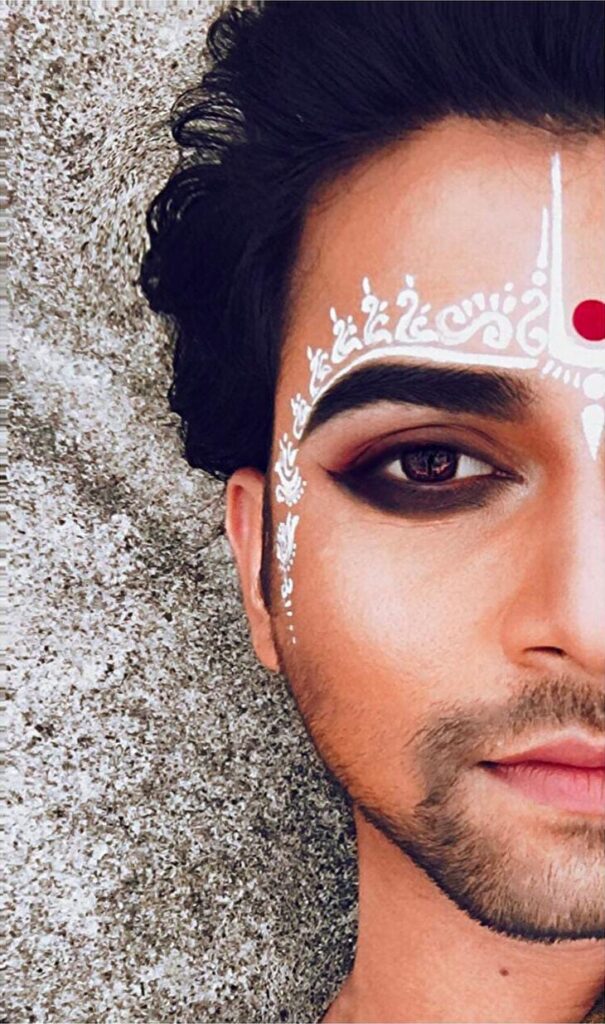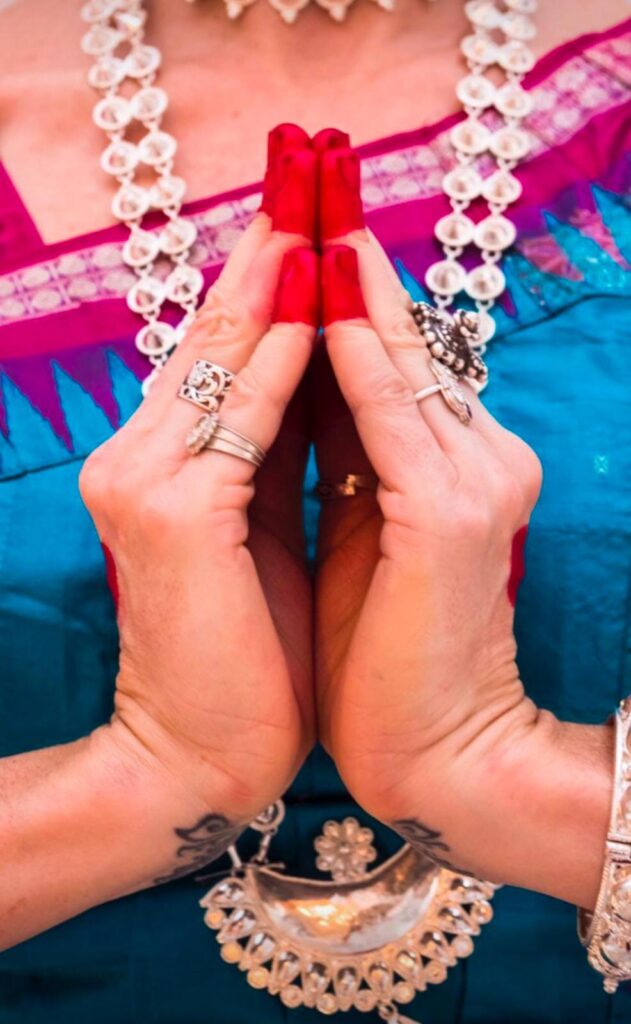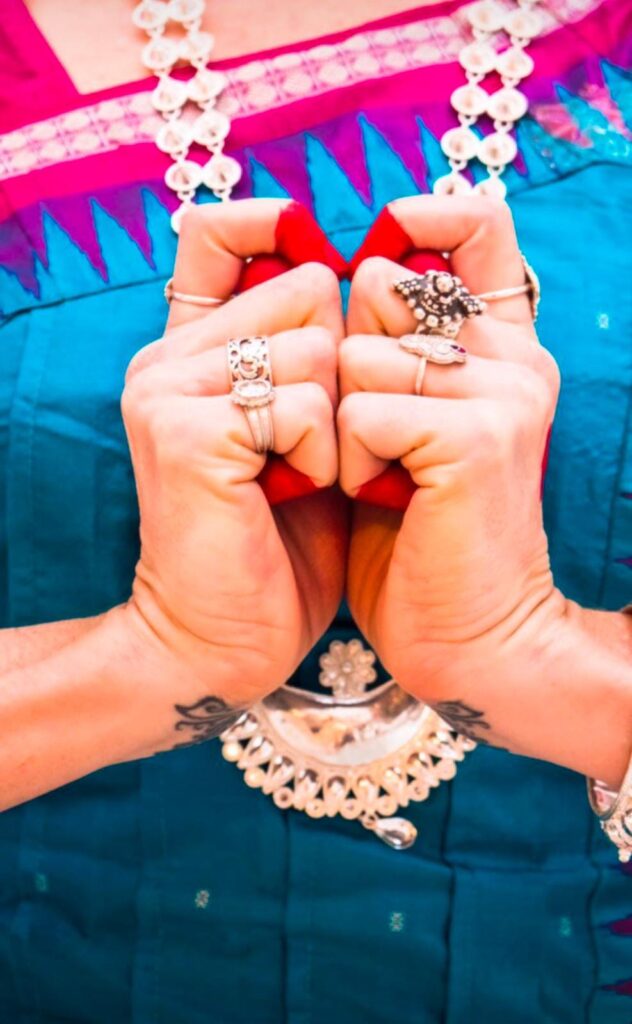ODISSI

Orissi a major ancient Indian classical dance
originated in the Hindu temples of Odisha – an eastern coastal state of India. Theoretical foundations of Odissi trace to the ancient Sanskrit text Natya Shastra, as the “Odriya Magathy” form of dance. There are evidences of dance halls or “natyashalas” in almost all temples of Odisha evidence of which can be found in the dance poses in the sculptures of several Odissi Hindu temples. The Sun Temple at Konark and the Jagannath Temple Puri (12th Century) are the most important temples as these temples became the epicenters of art, culture and tradition.
Since the 10th Century, dedication of young girls to the temple for the service of god was a common practice in allover India. These devoted girls were called “devdasis” or “maharis” who were patronized by the temple and the king and enjoyed a very high position in society as “maharis” performed for the eyes of god alone and common public were not allowed to see this spectacle of devotion. Where god dedicated Maharis danced only for god, it was the “goti puas” small boys who get the credit of bringing this graceful dance-form in front of common folk. These were little boys of the village who were dressed up as girls and performed Odissi dance in the temple during festivals and special auspicious occasions but at other times they performed in the village and were patronized by the landlords.

Odissi is a highly inspiring, passionate, ecstatic and sensual dance. Like most of the classical dances of south India Odissi too had its origin in the devadasi system. During the British rule the once respected and celebrated “maharis” witnessed a drastic decline in their social and economic status. As Britishers abolished all forms of dance and forced kings to withdraw patronage from any such institution, these temple dancers were forced to live immoral lives for survival. Post independence, this tradition was all together stopped as a law was formed banning the dedication of girls to temples. It is important to note that many of the present day gurus of Odissi dance who later reconstructed the dance post independence, like Kelucharan Mohapatra, Deba Prasad Das, Pankaj Charan Das and Gangadhar Pradhan had been “goti puas” when they were young boys as almost all of the “mahari” or “devadasi” tradition of dancing was lost to colonial rule

